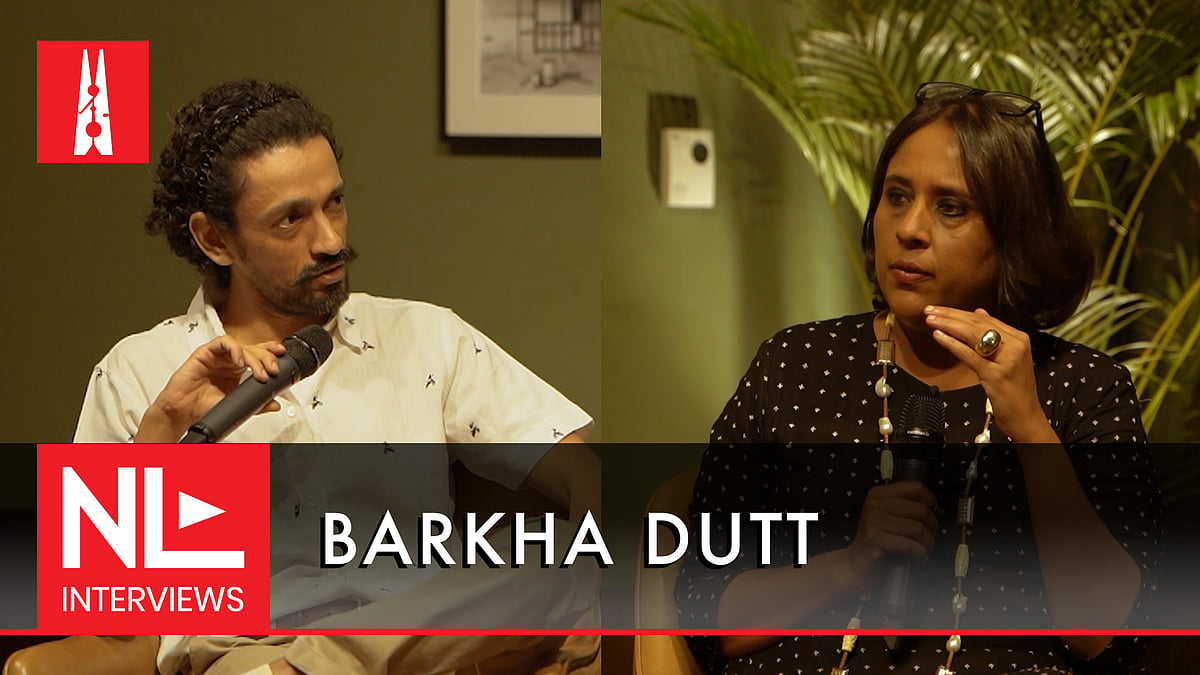Sushant Singh Rajput case: What does the law say about the ongoing media trial?
The Indian media is conducting parallel proceedings in the matter of the actor’s death. It has done so before.
Switch on any TV news channel and you would likely see some “latest news” about Sushant Singh Rajput’s death. A section of the media has found a scapegoat in Rhea Chakraborty. Everyday, unverified conspiracy theories are sold to the viewers as facts; disturbing images of Sushant’s body are shown on national television and autopsies of the pictures conducted by anchors in their studios. Even as the CBI is investigating the case, anchors are conducting their own parallel proceedings from the comfort of their studios.
On Thursday, three activists in Mumbai – Nilesh Navalakha, Mahibub Shaikh, and Subhash Chander Chaba – moved the Bombay High Court against this “media trial”. Such media trials, they argue, can hamper the investigation in the matter.
As per a report by Bar and Bench, the activists have listed the news channels Times Now, Republic TV, Zee News, NDTV, News 18, and India Today in their petition.
On Friday, the Press Council of India also issued an advisory to the TV channels. “The Council has noted with distress that the coverage of the alleged suicide of a film actor by many media outlets is in violation of the norms of journalistic conduct and, therefore, advises the media to adhere to the norms framed by the Press Council of India.”
Such media trials might not just impede a fair trial but also make a mockery of the criminal justice system, which rests on the presumption of innocence until proven guilty. The media has already delivered their verdict and have been asserting it every day, without waiting for a court to hear the matter.
This is not the first time the media has conducted a parallel investigation, produced inadmissible evidence as facts, and called the accused “guilty”. In 2015, Jasleen Kaur, a woman from Delhi, posted a picture of one Sarvjeet Singh, accusing him of sexually harassing her. The media picked this up and vilified Singh, only for the court to later decide that he was not guilty.
The Priyadarshini Mattoo, Jessica Lal, Tehelka, and Khurshid Anwar cases were covered in a similar manner.
The courts have time and again condemned the media for conducting such trials. The Supreme Court in State of Maharashtra vs Rajendra Jawanmal Gandhi observed, “A trial by press, electronic media or public agitation is the very antithesis of the rule of law. It can well lead to miscarriage of justice. A judge has to guard himself against any such pressure and he is strictly to be guided by the rules of law.”
In Manu Sharma vs State of NCT of Delhi, the court was more categorical: “There is danger of serious risk of prejudice if the media exercises an unrestricted and unregulated freedom such that it publishes photographs of the suspects or accused before the identification parades are constituted or if the media publishes statements which outrightly hold the suspect or the accused guilty even before such an order has been passed by the court.”
In Anukul Chandra Pradhan vs Union of India, the court held that “the presumption of the innocence of an accused is a legal presumption and should not be destroyed at the very threshold through the process of media trial and that too when the investigation is pending. It would be opposed to the very basic rule of law and would impinge upon the protection granted to an accused under Article 21 of the Constitution”.
The 17th Law Commission also observed in its 200th report, titled Trial by Media: Free Speech and Fair Trial under Criminal Procedure Code, 1973, “The present system of publication through television has potential to prejudicially affect the suspects, accused, witnesses and even judges and ultimately administration of justice. Therefore, publications which interfere or tend to interfere with the administration of justice should amount to criminal contempt under Contempt of Courts Act, 1971.”
Further, it suggested that to preclude such interference, reasonable restrictions can be imposed on freedom of speech and expression. Though the report wasn’t accepted by the parliament, it can serve to pave the way for more responsible coverage of sensitive matters such as Sushant’s death.
 NL Interview: Barkha Dutt on covering migrant crisis, the media economy, and falling out with promoters
NL Interview: Barkha Dutt on covering migrant crisis, the media economy, and falling out with promoters